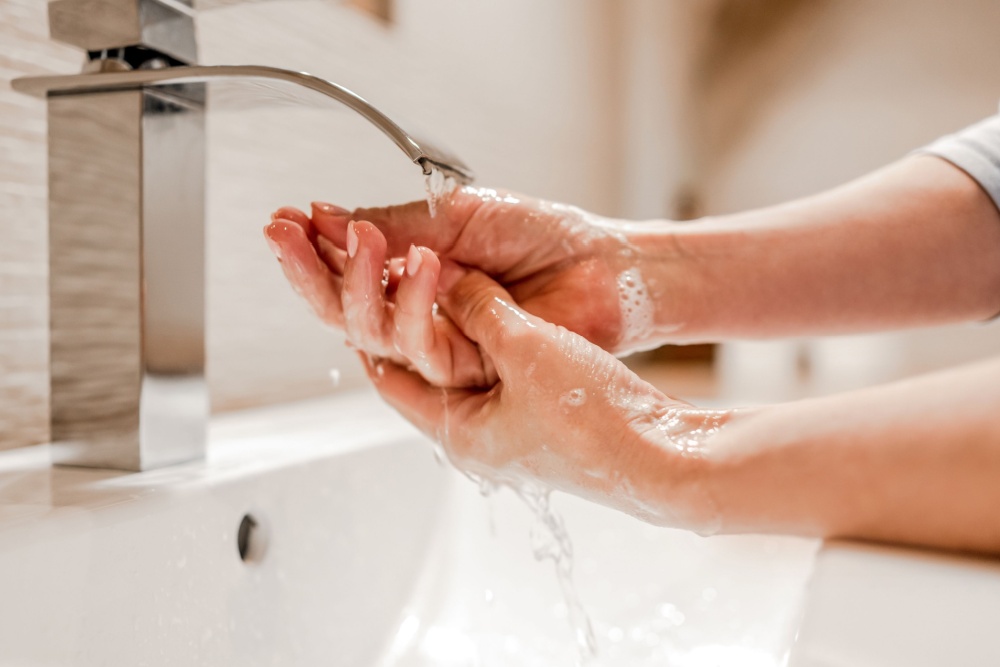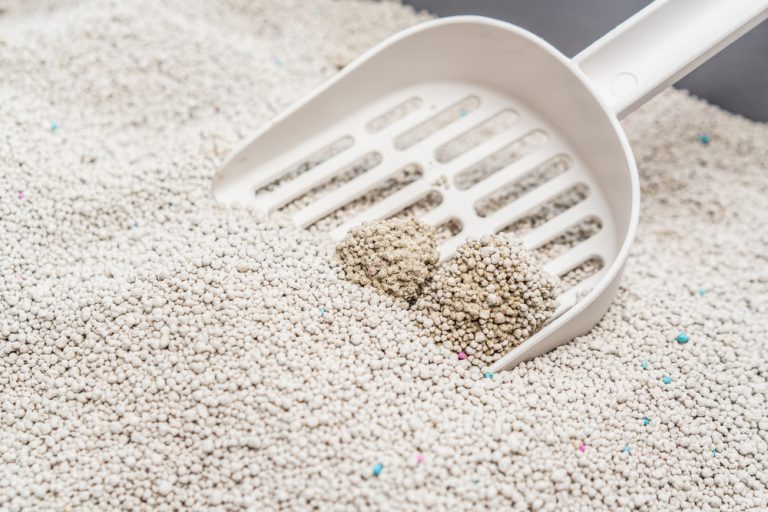A Simple Guide to Correct Hand Washing Technique
Our hands are incredible tools that help us navigate the world, but they are also primary vehicles for picking up and spreading germs. Luckily, we have a simple but powerful defense mechanism readily available: proper hand washing.
It sounds basic, almost too simple to be as important as health experts say it is. But the truth is, this fundamental act of hygiene is one of the most effective ways to protect yourself and others from getting sick. Yet, are we always doing it correctly? Or often enough?
Today, let’s dive deep into the correct hand-washing technique to ensure you’re washing away those unwanted germs effectively.
What is Hand Washing?
At its core, handwashing is simply cleaning your hands, usually with soap and running water. However, the right hand washing technique goes beyond a quick splash under the tap. It’s a deliberate process involving specific steps designed to physically remove dirt, grease, and microorganisms like bacteria and viruses that can cause illness. It involves creating friction with soap and water to lift these contaminants from the skin’s surface and then rinsing them away. It’s not just about making hands look clean; it’s about hygienically cleaning them.
Why is Proper Hand Washing Important?
Understanding why can be a powerful motivator for turning this action into a consistent habit. Here’s why mastering your hand-washing technique is non-negotiable for good health:

It prevents illnesses.
This is the big one! Germs are everywhere, and they can easily get onto our hands when we touch contaminated surfaces or interact with others. If we then touch our eyes, nose, or mouth – the main entry points for germs into our bodies – we can get infected. Proper hand washing significantly reduces the spread of common illnesses like:
- Respiratory infections (common cold, flu, even COVID-19)
- Diarrheal diseases (like rotavirus or those caused by Salmonella, E. coli)
- Skin and eye infections
It protects others.
When you wash your hands, you’re protecting yourself, your family, friends, colleagues, and the wider community. This is especially crucial for protecting vulnerable individuals like babies, young children, the elderly, and people with weakened immune systems who are more susceptible to severe complications from infections.

It stops germs in food.
Harmful germs can easily transfer from unwashed hands to food during preparation or eating. This can lead to foodborne illnesses, causing unpleasant symptoms like vomiting and diarrhea. Washing hands thoroughly before handling food is a cornerstone of food safety.
It combats antibiotic resistance.
Preventing infections in the first place means less need for antibiotics. Overuse and misuse of antibiotics contribute to antibiotic resistance, where bacteria evolve to resist treatment. Good hand hygiene is a simple way to help combat this growing global health threat.
It’s basic hygiene.
Frankly, clean hands are a fundamental part of personal hygiene. Neglecting handwashing is one of the key signs of poor personal hygiene and can contribute to the spread of germs discussed above.
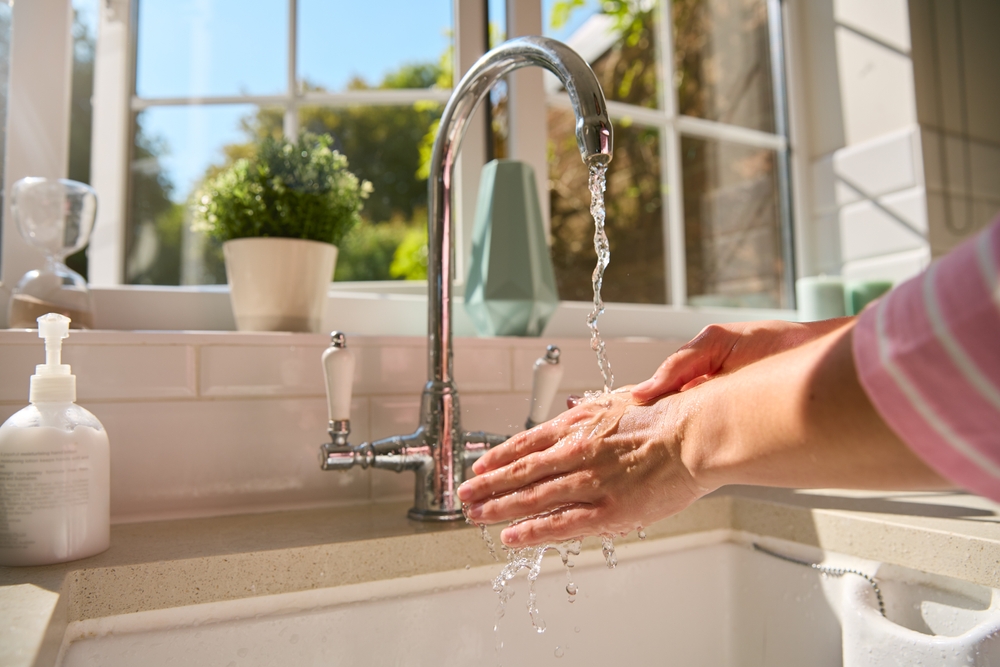
When Should You Wash Your Hands?
Timing is everything! To maximize protection, make handwashing a reflex during these key moments throughout your day:
- Before, during, and after food preparation—especially after handling raw meat, seafood, or produce.
- Prior to eating meals or snacks.
- Before and after caring for someone who’s ill, particularly with symptoms like vomiting or diarrhea.
- Before and after treating wounds, cuts, or handling contact lenses.
- After using the bathroom.
- After changing a diaper or cleaning a child who has used the toilet.
- After coughing, sneezing, or blowing your nose, as respiratory droplets can spread germs.
- After handling pets, pet food, or cleaning up animal waste, since animals can also carry bacteria.
- After disposing of trash or touching garbage bins.
- After returning from public places and touching commonly used surfaces like railings, elevator buttons, or shopping carts.
Integrating handwashing into these routines is key to making it an effective, ongoing habit.
5 Steps to Proper Hand Washing
The proper hand-washing steps aren’t complicated, but each step matters. Follow them, recommended by health organizations worldwide, for maximum effectiveness:
1. Wet
Turn on the tap and thoroughly wet your hands with clean, running water. The temperature doesn’t matter as much as the process—cold or warm water works fine. Turn off the tap while lathering to save water.
2. Lather
Apply enough soap to cover all hand surfaces. Rub your hands together vigorously to create a good lather. Don’t just wash your palms! Ensure you lather your hands’ backs, between your fingers, and under your nails. Germs hide in all these places.
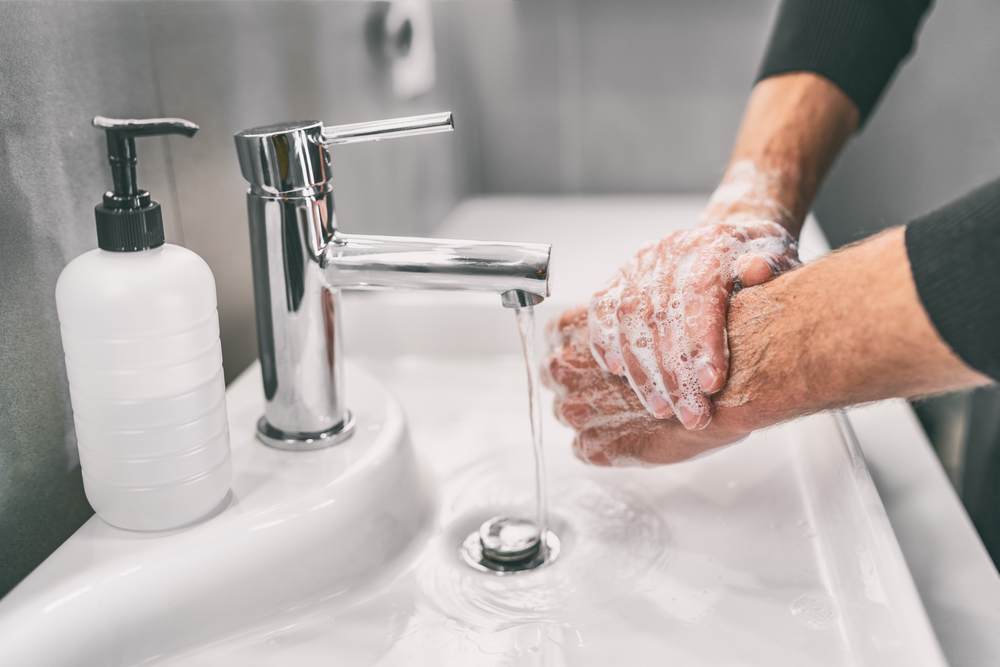
3. Scrub
This is crucial! Actively scrub your hands for at least 20 seconds. If you need a timer, singing the Happy Birthday song twice works. The friction from scrubbing helps lift dirt, grease, and microbes from your skin. Don’t rush this step!
4. Rinse
Turn the tap back on and rinse your hands well under clean, running water. Let the water flow from your wrists down to your fingertips, washing the soap and germs away.
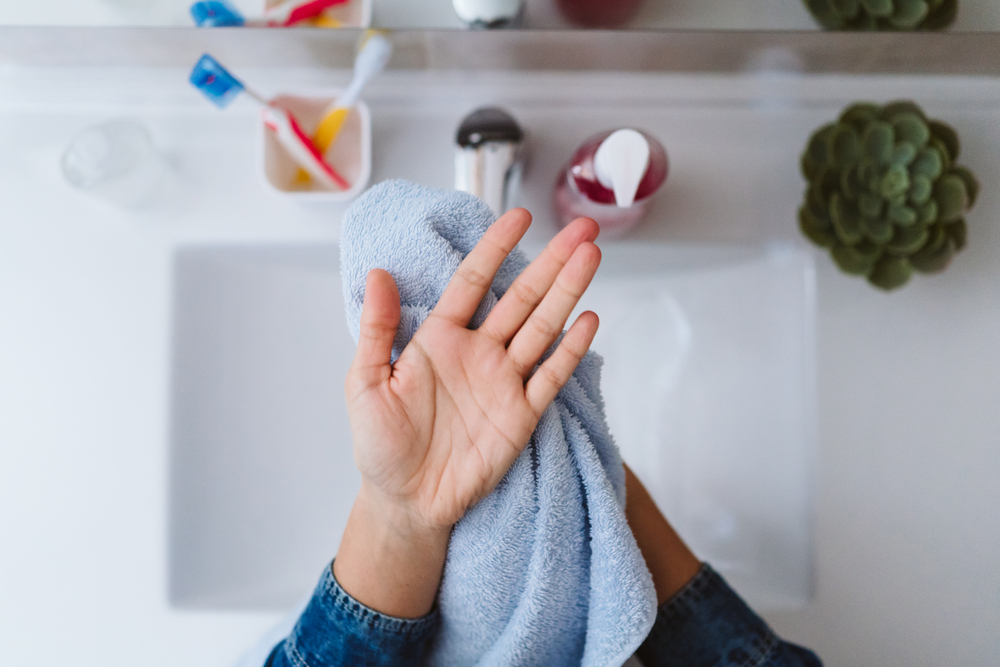
5. Dry
Dry your hands thoroughly using a clean towel or an air dryer. Germs spread more easily from wet hands, so drying is an important final step. If using a public restroom, use a paper towel to turn off the faucet if possible.
That’s it! Five simple steps, taking less than a minute, can drastically reduce your risk of getting sick.
Wash Your Hands, Protect Your Health
Proper hand washing is more than just a routine. It’s a powerful act of self-care and community responsibility. It’s the most critical thing we can do to prevent the spread of infections, protect our loved ones, and maintain overall health. We equip ourselves with a life-saving skill by understanding why it’s essential and when, and by mastering the simple five-step hand-washing technique.
To make this healthy habit even easier and more pleasant, using a good hand soap is key. You want something that cleans effectively but is also gentle on your skin, encouraging frequent use. For a naturally effective clean, consider Dr. COCO Natural Hand Soap. Made with nature-derived ingredients, it helps wash away dirt and germs while being kind to your hands.
Make proper hand washing a priority today. Practice the steps, teach them to your family, and embrace this simple yet profound way to safeguard your well-being. Want more personal care products to improve your hygiene? Explore our range of hygiene essentials at our personal care online store.

